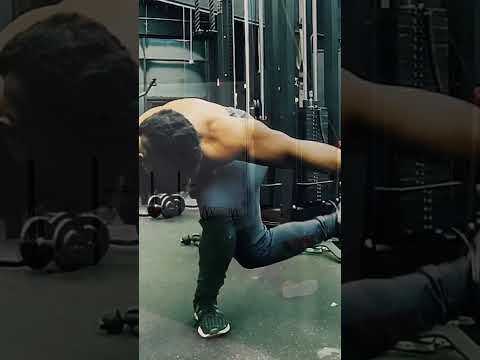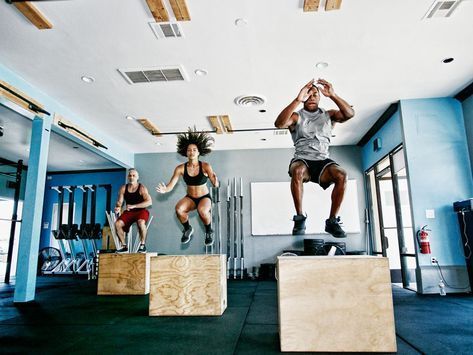Calisthenics, a form of exercise that involves using one's body weight as resistance, has a long and fascinating history. From its humble beginnings in ancient Greece to its current popularity as a versatile and accessible fitness method, calisthenics has evolved and adapted over the years. In this article, we will explore the past, present, and future of calisthenics, highlighting its prominent milestones and envisioning its potential growth.
The Ancient Roots of Calisthenics
The origins of calisthenics can be traced back thousands of years to ancient Greece. The word "calisthenics" itself is derived from the Greek words "kallos" and "sthenos" which mean beauty and strength, respectively. In ancient Greece, physical fitness and athleticism were highly valued, and calisthenics emerged as a way to develop both strength and aesthetic appeal.
Ancient Greeks practiced various calisthenics exercises such as push-ups, squats, and lunges, often incorporating them into their training for events like the Olympic Games. These exercises were not only designed to enhance physical performance but were also seen as a means of achieving mental and spiritual harmony. Thus, calisthenics in ancient Greece encompassed both physical and philosophical aspects.
Calisthenics in the Modern Era
Although calisthenics remained prevalent throughout history in various forms, it experienced a resurgence in the modern era. In the early 19th century, Swedish gymnastics advocate Pehr Henrik Ling introduced a system of exercise known as Ling Gymnastics or Swedish gymnastics. This system emphasized natural movements using minimal equipment and served as an early precursor to modern calisthenics.
Later, in the early 20th century, calisthenics gained popularity through the establishment of physical culture movements such as those led by Bernarr Macfadden and Charles Atlas. These movements focused on promoting physical fitness, strength, and overall well-being through bodyweight exercises, ultimately contributing to the development of calisthenics as we know it today.
The Rise of Street Workout
In recent years, calisthenics has experienced a significant surge in popularity, largely due to the emergence of street workout. Street workout, a form of calisthenics that takes place in outdoor urban spaces, gained momentum in the late 20th century and has continued to grow throughout the 21st century.
Street workout combines elements of strength training, gymnastics, and freestyle movement, often utilizing bars, parallel bars, and other outdoor structures. What sets street workout apart is its emphasis on creativity and self-expression, with practitioners constantly pushing the boundaries of what is possible with their bodies.
The Future of Calisthenics
Looking ahead, calisthenics shows no signs of slowing down. As interest in bodyweight training continues to grow worldwide, calisthenics is poised to become even more mainstream. The accessibility and affordability of calisthenics make it an appealing fitness option for individuals of all ages and fitness levels.
Additionally, calisthenics has the advantage of being easily adaptable to various environments and circumstances. The ability to perform exercises without the need for extensive equipment or a gym membership makes calisthenics a convenient choice for those with limited resources or busy schedules.
Furthermore, advancements in technology, such as the proliferation of online training programs and fitness apps, have facilitated the dissemination of knowledge and training techniques related to calisthenics. This accessibility to information and virtual coaching has made it easier than ever for individuals to learn and progress in their calisthenics journey.
In conclusion, calisthenics has come a long way from its ancient Greek origins to its present-day popularity. It has evolved from a practice that was deeply intertwined with philosophy and athletics to a modern fitness method that is accessible to people around the globe. As we look to the future, calisthenics is set to continue thriving, offering individuals a holistic approach to fitness, strength, and self-expression.



